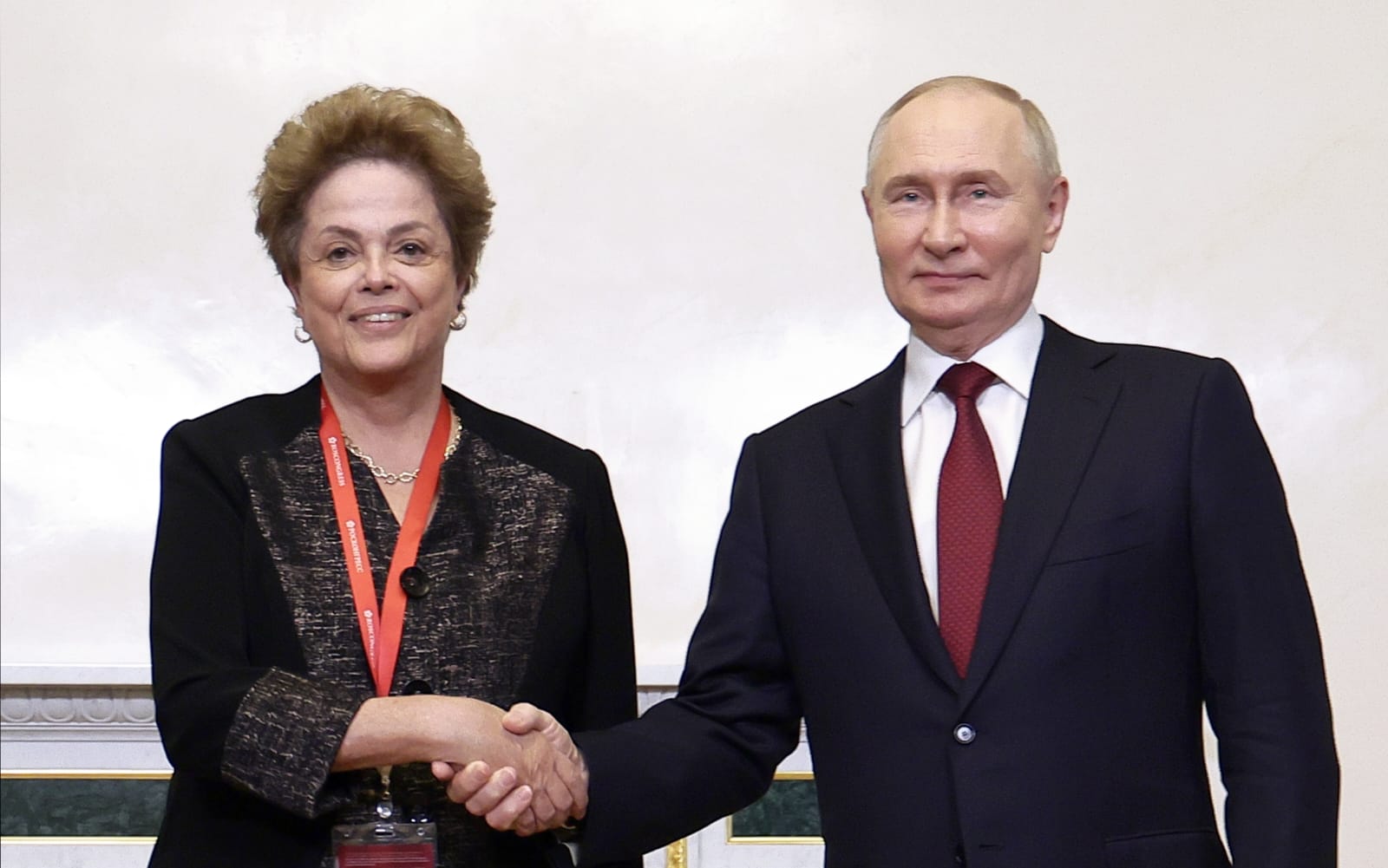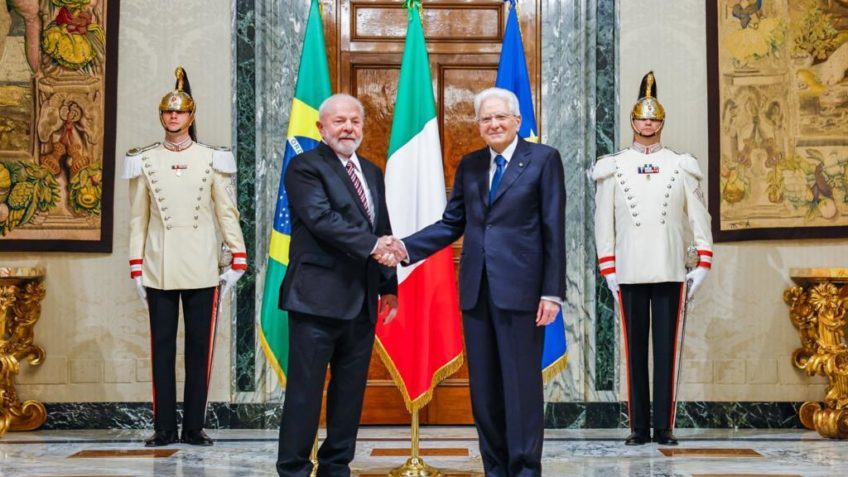Dermatite atópica pode piorar com estresse, clima seco e produtos químicos; entenda
'Eat What You Want, Pay What You Can' at restaurants across Mexico City.txt
'Eat What You Want, Pay What You Can' at restaurants across Mexico City26 August 2025ShareSaveLynn BrownShareSaveAna Lorenzana(Credit: Ana Lorenzana)Michelin-starred Masala y Maiz hopes to spread the trend across Mexico and around the world.When Norma Listman and Saqib Keval, owners and chefs at one of Mexico City's most popular restaurants, Masala y Maiz, won their first Michelin star, they were in New York City at a party for a fellow chef."Our team was calling us, and we weren't answering the phone," explains Listman with a laugh. "And then the nerdiest of our managers, the most serious one calls, and I was like, he never calls unless something is wrong. Turns out that we were live on the stage [at the Michelin awards]."The couple, known for establishing the restaurant's groundbreaking "Eat What You Want, Pay What You Can" initiative, is much more passionate about supporting community than prestigious accolades. Spending time celebrating a fellow chef they admire instead of attending an awards ceremony in honour of themselves is much more in Listman and Keval's wheelhouse.Ana LorenzanaFor husband and wife Norma Listman and Saqib Keval, community was the main impetus behind expanding the "Eat What You Want, Pay What You Can" initiative (Credit: Ana Lorenzana)Take, for example, the pay-what-you-can model that has made Masala y Maiz so popular. Several times a year, restaurant-goers are offered a menu of the restaurant's signature Mexican, African and Indian-fusion dishes alongside an envelope in which to leave whatever payment they have available or deem acceptable. There is no bill and no reservations, guests must line up for a first-come, first-served experience. But there is one requirement: diners must write how much of what they've left is intended for the staff rather than the restaurant itself.The practice is intended to ensure that everyone in the city, regardless of their economic status, can enjoy the dishes prepared here: Camarones pa'pelar, a shrimp dish cooked with vanilla, lime and ghee, and the Kuku Poussin, a small fried chicken served with cheese, lettuce and a tamarind dressing. They are prepared exactly the same as on a normal day in both size and quality, but with no price tag attached. The couple says they don't lose money on the event. Most visitors give something, even if it's only original art for the staff, while others have paid more, they say, sometimes as much as three times the usual cost.For the owners, it's a particularly poignant move in a city struggling with issues of gentrification and overtourism. "There's a lot of class discrepancies, there's a lot of economic discrepancies in the city," says Listman. "There are people who are making all the money and people doing all the work. This is going to bridge that class divide and that economic divide and make restaurants accessible for everyone – at least for one day."Ana LorenzanaMasala y Maiz just became one of Mexico City's newest Michelin restaurants, which its owners hope will raise awareness of the "pay what you can" initiative (Credit: Ana Lorenzana)Though the ceremony wasn't their cup of tea, Listman and Keval recognised how a Michelin star could benefit their community, raising awareness of this idea beyond their own prospective diners and to other restaurants across Mexico City. This year, for the first time, 20 additional Mexico City eateries will participate in a "Eat What You Want, Pay What You Can Day" on 27 August based on the Masala y Maiz model. The event is to be the first of what Keval hopes will become a tradition around the world."We've had people from Chile reach out, from Colombia, from other parts of Mexico, from Peru that want to join," he told the BBC. "And I don't see why this couldn't be like 'pay what you can international.'"This year, participating businesses range from small family-owned bakeries called panaderías like Panadería Valle Luna in the Colonia Juarez, to Expendio de Maíz, another of the city's Michelin-starred spots, which serves traditional Mexican dishes with an emphasis on corn. There are more than 20 restaurants in total participating in the event, which Listman and Keval expect will only grow next year."We were primarily motivated by community building," said Ximena Igartúa, of Loup Bar in the Cuauhtémoc District, which is participating in the event. "It's a collective message of unity and solidarity, and an invitation to try to break preconceived ideas. It's also a way of giving back to our customers for everything we receive."Ana LorenzanaMasala y Maiz in Mexico City is known both for their unique Mexican, African and Indian fusion cuisine and their "pay what you can" days (Credit: Ana Lorenzana)Keval hopes the event could spark a larger worldwide trend, a dream which may already be in motion. There are already other pay what you can schemes elsewhere, such as Annalakshmi Restaurant in Singapore or Rethink Cafe in Brooklyn, NY, independent of the Mexico City initiative. As for the owners of Masala y Maiz, the hope is that more restaurants – and more people – will be able to benefit from a great meal at any price."Restaurant work is so demanding and the returns on it are so diminishing. The margins are so tight that it's hard to have space to dream," Keval says. "[But] this is something that can be done."--If you liked this story, sign up for The Essential List newsletter – a handpicked selection of features, videos and can't-miss news, delivered to your inbox twice a week. For more Travel stories from the BBC, follow us on Facebook and Instagram.Thoughtful TravelFood & DrinkHospitalityRestaurantFeatures












